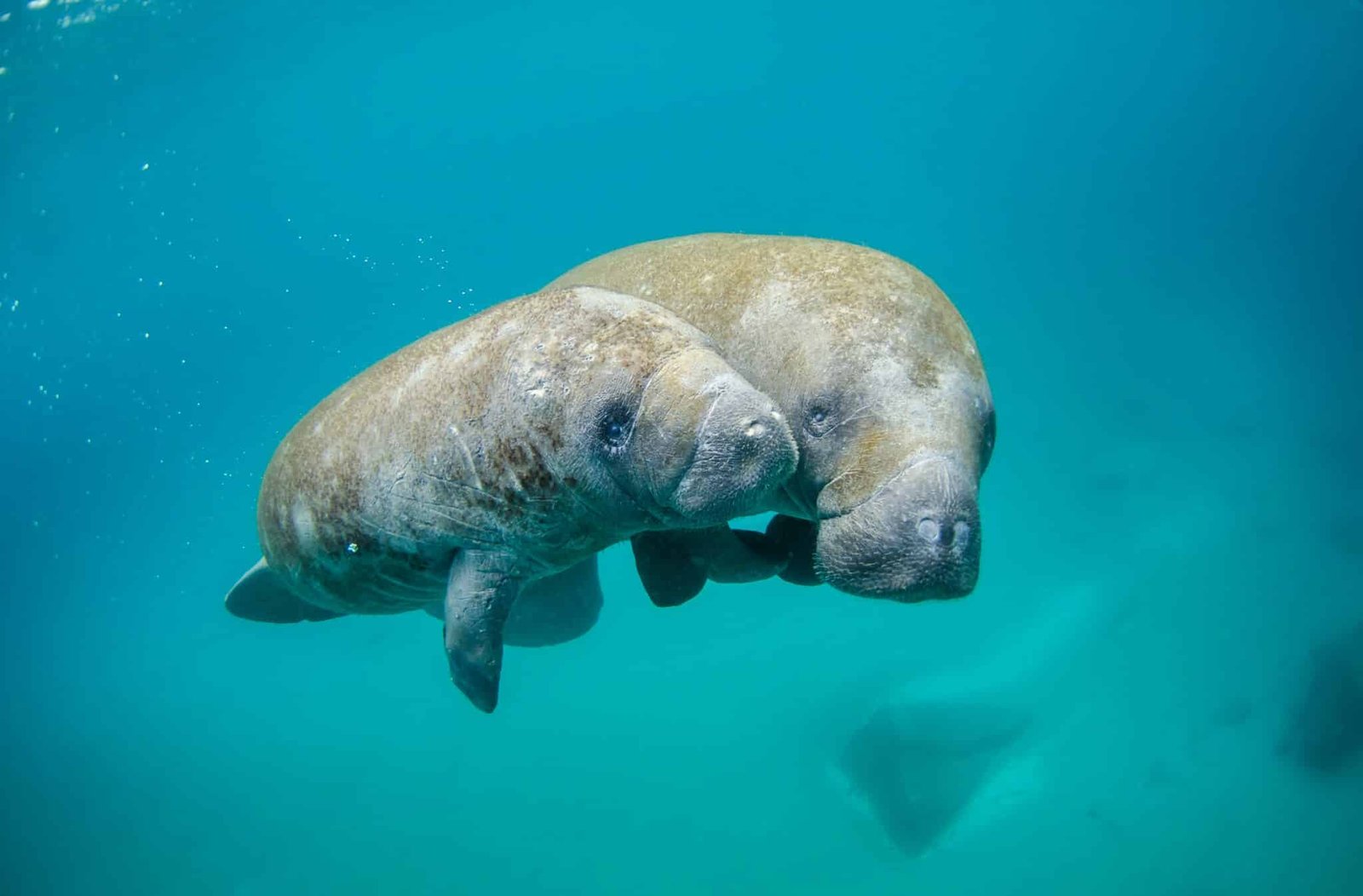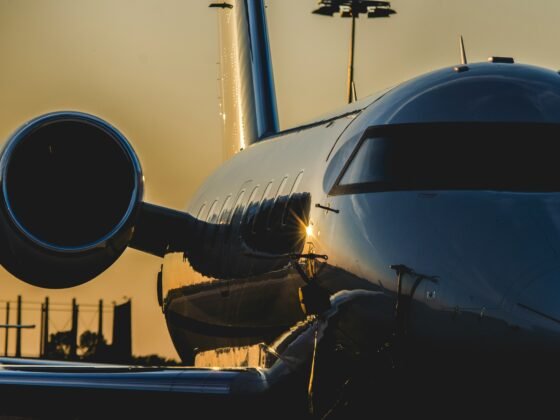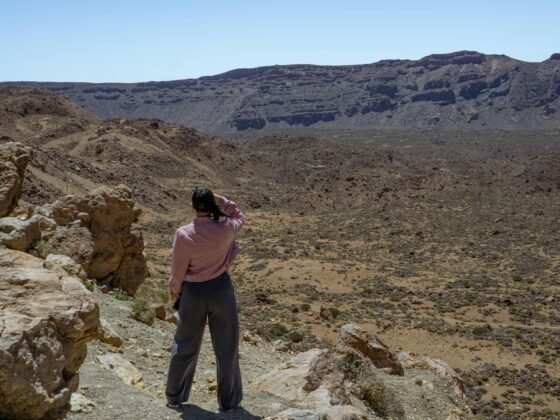Ever pack binoculars for vacation only to spot squirrels at rest stops? You’re not alone! Millions of families dream of seeing real wild animals, not just pictures on phones. The best US wildlife destinations deliver heart-pounding moments where nature puts on incredible shows.
When planning your wildlife adventure, review these wildlife viewing tips in Olympic National Park for safe animal encounters. From Florida’s gentle manatees to Yellowstone’s howling wolves, five amazing parks await your discovery.
Homosassa Springs Wildlife State Park: Manatee Metropolis
Picture this: you’re floating above crystal-clear spring water, watching gentle giants glide beneath your feet. The underwater observatory at Homosassa Springs lets you see hundreds of manatees through glass walls. This “Fish Bowl” gives you the best manatee watching Florida experience anywhere.
This wildlife conservation park runs wildlife rehabilitation programs that give injured manatees a second chance at life. You’ll learn how rescue teams save hurt animals and nurse them back to health. It’s conservation education that kids and adults love.
The wildlife trail takes you to meet Florida natives who can’t return to the wild:
- Black bears lounging in the shade
- Red wolves playing together
- River otters splashing around
- Alligators sunning themselves
Don’t miss meeting “Lu,” the park’s 60-year-old hippo who starred in movies back in the 1960s. This famous resident has become everyone’s favorite.
Many visitors base themselves at TradeWinds Homosassa for easy access to both the springs and private kayak tours through quiet waterways.
Plan your spring wildlife viewing between November and April, when manatees crowd the warm springs. Join ranger programs at 11:30 AM, 1:30 PM, or 3:30 PM.
Ready to see wolves in America’s most famous national park?
Yellowstone National Park: America’s Serengeti
Lamar Valley is where dreams come true for anyone who wants to see wild wolves. This amazing valley hosts 108 wolves living in 9 different packs, making it the world’s best spot for wolf watching, Yellowstone-style. Families love wildlife-watching in Yellowstone National Park where bison graze and elk roam against geyser backdrops.
The Junction Butte and Wapiti Lake wolf packs put on incredible shows during sunrise drives. You’ll also witness massive bison herds with over 4,500 animals and elk migrations featuring more than 7,000 animals. These wildlife viewing seasons offer different treats:
- Spring brings the adorable calving season
- Summer shows off the exciting elk rut
- Winter offers perfect wolf tracking in the snow
Early morning drives give you the best chances for wildlife sightings. The animals are most active when the sun comes up, and you’ll have fewer crowds.
Pack smart for your adventure trip: bring binoculars, bear spray, water, and sturdy boots to enhance your wildlife-viewing experience.
Join guided nature tours and wolf week seminars led by park experts who know exactly where to find the best action.
What about seeing whales and glaciers on the same day?
Kenai Fjords National Park: Alaska’s Ocean Realm
Alaska’s marine mammal watching gets wild in Kenai Fjords, where humpback whales breach right next to your boat. Winter visitors love Alaska ATV and snowmobile wildlife adventures where moose and bears roam the backcountry. Orcas hunt in pods while minke whales glide through glacial fjords.
Sea otters float on their backs, cracking open shellfish. Harbor seals and massive Steller sea lions haul out on ice chunks. The seabird colonies put on an amazing show, too. Colorful puffins nest on cliff faces alongside black-legged kittiwakes and common murres.
Thirty-eight tidewater glaciers create the perfect wildlife viewing backdrop. Small-boat glacier cruises into Aialik Bay offer the best chances to see everything:
- Whales feeding near glacier faces
- Seabirds diving for fish
- Seals lounging on icebergs
Kayak tours give you quiet wildlife encounter experiences where animals aren’t scared by big boat engines.
Exit Glacier hiking lets you spot mountain goats on rocky ledges above the ice.
Ready to see alligators and crocodiles living together?
Everglades National Park: River of Grass Safari
The Everglades is the only place on Earth where American alligators and American crocodiles live together in the wild. This makes it one of the most exciting wildlife destinations for reptile lovers.
Over 350 bird species call this “River of Grass” home, including pink roseate spoonbills and massive wood storks. Identifying the colorful bird species becomes easy when you know what to look for during your visit.
Airboat rides through sawgrass marshes give you the best alligator tours, Everglades-style. The loud fan pushes you across shallow water where gators sun themselves on muddy banks.
Night safari tours reveal a different world. Bobcats prowl through the darkness while owls hoot from cypress trees. Raccoons wash their food in slow-moving water. These eco-friendly animal tours show you creatures you’d never see during the day.
Shark Valley tram tours offer panoramic views of the vast wetlands:
- Alligators basking in the sun
- Wading birds fishing in shallow water
- Turtles sliding off logs
Conservation efforts include removing harmful pythons and restoring damaged habitats. Flamingo area boat tours let you spot manatees and dolphins in Florida Bay.
What about seeing America’s biggest elk herds?
Grand Teton National Park: Alpine Migrations
Grand Teton hosts the Jackson elk herd, the largest in North America, with 11,000 animals. Wyoming elk-watching is especially rewarding when you witness the herd’s seasonal migration between the park and the National Elk Refuge. The pronghorn migration covers nearly 150 miles, one of the longest overland journeys in the U.S.
Snake River habitat creates perfect conditions for cutthroat trout, river otters, and fishing osprey.
Dawn wildlife safaris at Willow Flats and Oxbow Bend offer the best animal behavior viewing. Moose wade into willow wetlands at sunrise, munching on water plants. These massive animals can weigh up to 1,500 pounds but move quietly through shallow water.
Float trips down the Snake River combine mountain scenery with eagle watching:
- Bald eagles diving for fish
- Osprey returning to stick nests
- River otters playing along the banks
Wildlife photography trips work best in early morning when animals are most active. The combination of peaks and diverse wildlife makes Grand Teton a nature tourism spot like no other.
Ready to learn how to watch wildlife the right way?
Trail Ethics & Photo Etiquette: Respecting the Wild
Wildlife viewing ethics start with keeping a safe distance from all animals. Use zoom lenses for animal photography instead of getting close. Never feed wildlife.
Follow these wildlife safety guidelines:
- Pack out trash and stay on trails
- Respect park signs and barriers
- Keep noise levels low
Support conservation success stories like Homosassa’s rescue programs that save injured manatees. Your park fees fund wildlife habitat protection, sustainable wildlife tourism depends on everyone.
Your Wildlife Questions Answered
1. What is the best time of year to visit these wildlife destinations?
Visit Homosassa November through March for manatees. Yellowstone works best June through August. Kenai Fjords shines June through September for whales.
2. How should I prepare for a wildlife trip?
Pack binoculars, layers of clothing, sturdy hiking boots, and bear spray. Bring water, snacks, and a first-aid kit for safety.
3. Which US state has the most wild animals?
California is considered the most biodiverse state in the U.S., followed by Texas, Florida, and Alaska, based on species richness and ecosystem diversity.
Ready to start planning your adventure?
Your Adventure Starts Now
Use this guide to plan an unforgettable wildlife itinerary. Whether you start in Homosassa’s underwater manatee viewing or Wyoming’s alpine valleys, these best US wildlife destinations that offer experiences you’ll never forget.
Your wildlife adventure planning starts today:
- Pick your favorite adventure site
- Book nearby accommodations
- Pack binoculars and cameras
- Research ranger programs
- Practice responsible animal watching
Step into America’s wild side, where wildlife viewing ethics protect animals while creating incredible memories.
Image: Unsplash, NOAA












